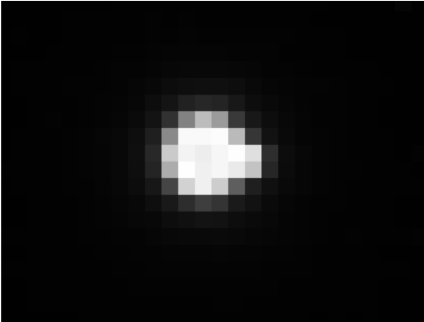Blue Origin’s ship for its 1st stage landings arrives in Florida
Capitalism in space: The ship that Blue Origin plans to restructure into a landing platform for the first stages of its New Glenn orbital rocket has docked in a Florida port.
The 600-foot cargo ship the Stena Freighter arrived in the Port of Pensacola on Thursday after making a transatlantic voyage from Portugal.
Blue Origin, the private rocket company started by Amazon CEO Jeff Bezos, will be using the ship as a landing platform for the company’s New Glenn rocket design expected to lift off in 2020 for its first test flight.
Blue Origin CEO Bob Smith confirmed during the Aerospace Futures Alliance Summit on Oct. 10 that the Stena Freight would be used to land rockets, according to a report from the technology news website GeekWire.
The article does not provide much more information, other than a much bigger public announcement is planned about this in about a week.
Capitalism in space: The ship that Blue Origin plans to restructure into a landing platform for the first stages of its New Glenn orbital rocket has docked in a Florida port.
The 600-foot cargo ship the Stena Freighter arrived in the Port of Pensacola on Thursday after making a transatlantic voyage from Portugal.
Blue Origin, the private rocket company started by Amazon CEO Jeff Bezos, will be using the ship as a landing platform for the company’s New Glenn rocket design expected to lift off in 2020 for its first test flight.
Blue Origin CEO Bob Smith confirmed during the Aerospace Futures Alliance Summit on Oct. 10 that the Stena Freight would be used to land rockets, according to a report from the technology news website GeekWire.
The article does not provide much more information, other than a much bigger public announcement is planned about this in about a week.

